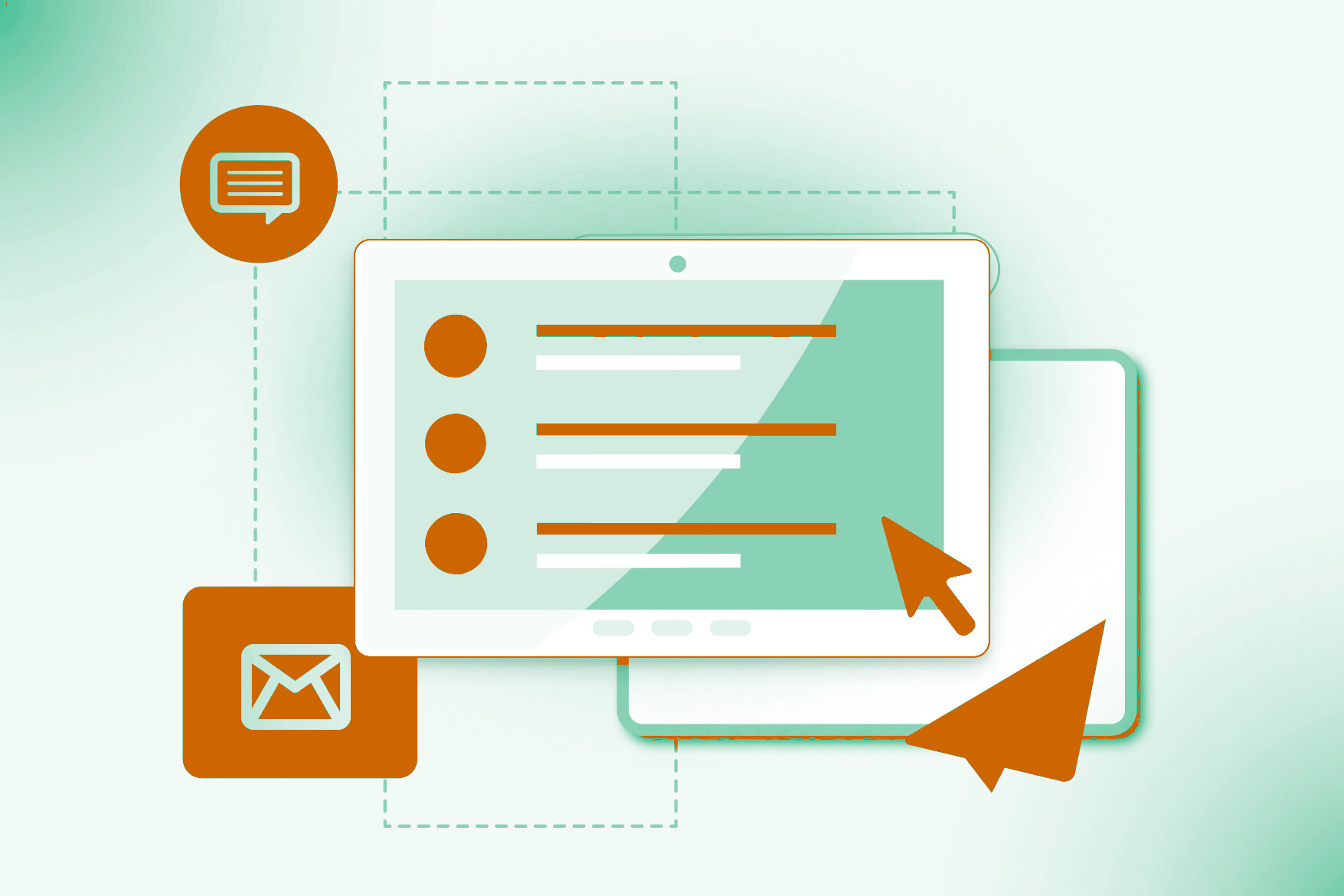Introduction
Email security is a crucial aspect of modern business operations, yet many organizations struggle with implementing DMARC (Domain-based Message Authentication, Reporting, and Conformance) due to widespread misconceptions. DMARC is a vital email authentication protocol that helps protect domains from phishing, spoofing, and unauthorized email use. However, several myths prevent businesses from fully utilizing its benefits. In this article, we’ll debunk some of the most common DMARC misconceptions and clarify how it works.
Myth #1: DMARC is Only for Large Enterprises
Many small and medium-sized businesses (SMBs) believe that DMARC is only necessary for large corporations. In reality, cybercriminals frequently target smaller businesses due to their often weaker security measures. Implementing DMARC helps businesses of all sizes protect their brand reputation, prevent phishing attacks, and enhance email deliverability.
Myth #2: Setting DMARC to ‘None’ Provides Security
A common mistake is setting DMARC to p=none, assuming it provides full protection. In reality, this policy only monitors email traffic without enforcing any security measures. To gain the full benefits of DMARC, organizations should gradually move towards p=quarantine or p=reject policies to actively block unauthorized emails.
Myth #3: Implementing DMARC Will Break Email Deliverability
Some businesses fear that enforcing DMARC will cause legitimate emails to be rejected. While misconfiguration can lead to deliverability issues, proper implementation with a phased approach minimizes disruptions. Organizations should start with a monitoring policy (p=none), analyze reports, and make necessary adjustments before enforcing stricter policies.
DMARC is a crucial component of email security, but understanding its proper implementation is key to maximizing its benefits. By debunking these common myths, organizations can make informed decisions and strengthen their email authentication strategies. If you haven’t set up DMARC yet, now is the time to take action to protect your domain and your brand’s reputation.
Would you like assistance with implementing DMARC for your business? Feel free to reach out for expert guidance!
